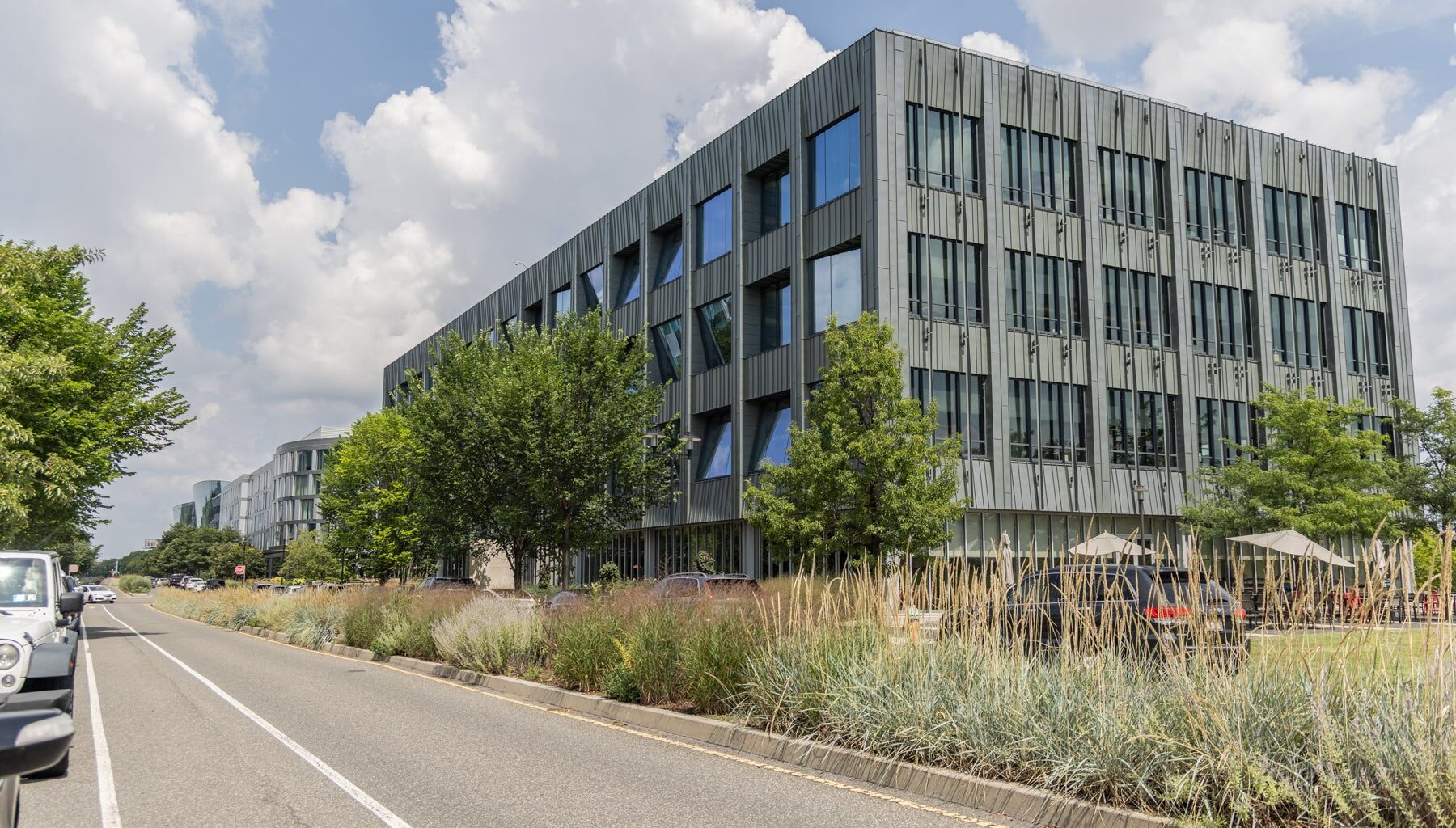Have a question about Philly’s neighborhoods or the systems that shape them? PlanPhilly reporters want to hear from you! Ask us a question or send us a story idea you think we should cover.
For years, tech founders visiting Ben Franklin Technology Partners’ Philadelphia offices faced a puzzle: How exactly do you get to the Navy Yard without a car? CEO Scott Nissenbaum would map out a multileg public transit trek — or suggest a ride down from Center City by car, winding through nearly 8 miles of Philly traffic to reach the city’s southern tip.
“You can take a train to Center City. You can then take a subway down to the stadiums and then you can take a bus there to the Navy Yard,” Scott Nissenbaum, CEO of Ben Franklin Technology Partners, told WHYY News. “You’ll lose a lot of people on that much of a commute.”
And that’s just how it’s been for the past two decades, mostly under the tenure of former CEO RoseAnn Rosenthal before she stepped down in 2020.
Accessibility is one reason why Ben Franklin Technology Partners, an early-stage tech startup investment group, is relocating to a Center City office tower at the intersection of 16th and Market streets in the coming months.
The organization will be moving into the PNC Bank Building, a 39-story-tall high rise just west of City Hall. The move is expected to happen in late December 2025, with roughly 30 employees scheduled to relocate their offices.
It’s already bearing a fruitful relationship among investors, especially for the technology industry investment group’s proposed innovation center. For years, leadership attempted to entice companies to invest in such a center, but the office was not centrally located enough.
“We’ve already had people in the innovation economy say ‘We want to join you there.’ Nothing is committed, but we’re starting to get real traction,” he said.
The old office space was an entire 33,000-square-foot building that was a renovated U.S. Marines barracks, complete with a shooting range and some other unique features. But it wasn’t always a match for the purpose of the organization, which is to connect and engage high-tech startups.
“There was no 100-person classroom building or a big banquet room. Our board room barely fits 20 people,” he said. “It made it less conducive to meeting and convening, which is a big part of stoking the fire of an ecosystem in a region. The new building has all of that. It’s got great meeting space, easy transportation, an 80-person classroom. It’s even got a bar and lounge that’s part of the building access and a huge board room.”
Plans also include a co-working space where multiple companies could work side-by-side.
And because the startup organization was its own landlord when it sold the property at the Navy Yard to a school for about $6 million, it’s been able to take any profits and reinvest the money into the startups that it works with as a public-private partnership.
“We do seed and early stage investments in startup companies and then give them the support and services and introductions to help them grow,” he said.
Nissenbaum said that even small investments pay off in the long run, such as Ghost Robotics, a startup valued at $400 million when it was sold to a South Korean business.
